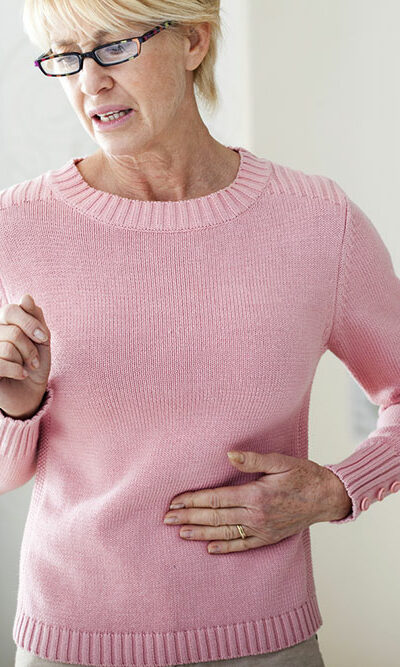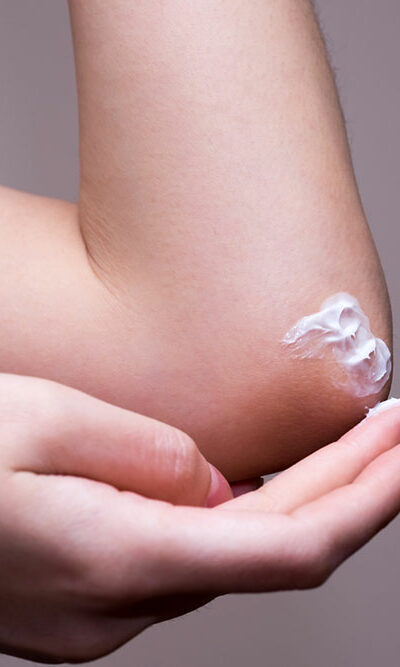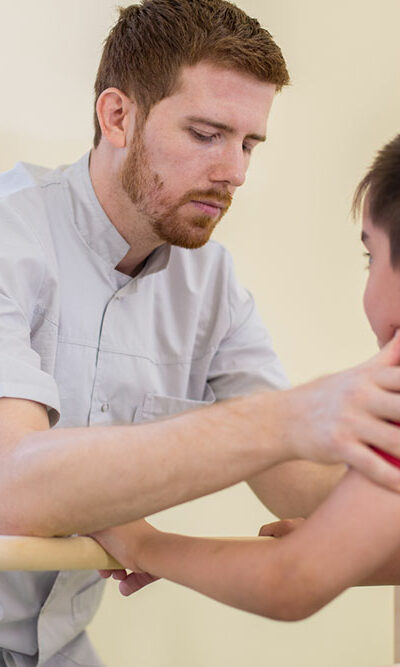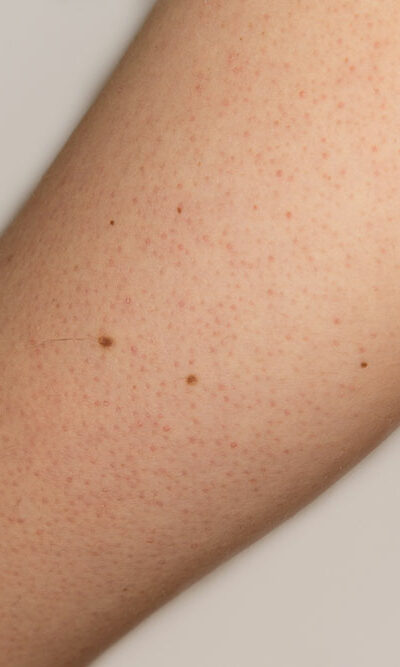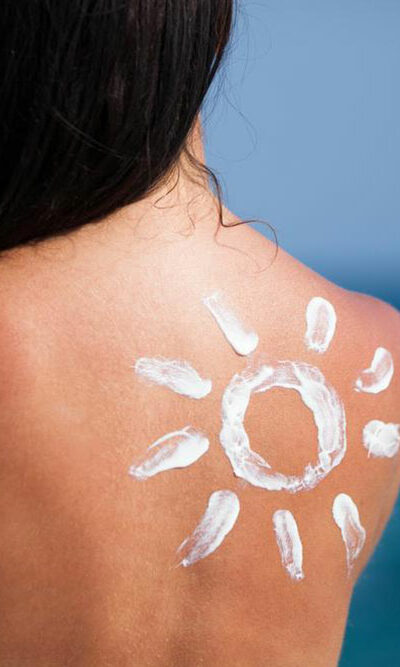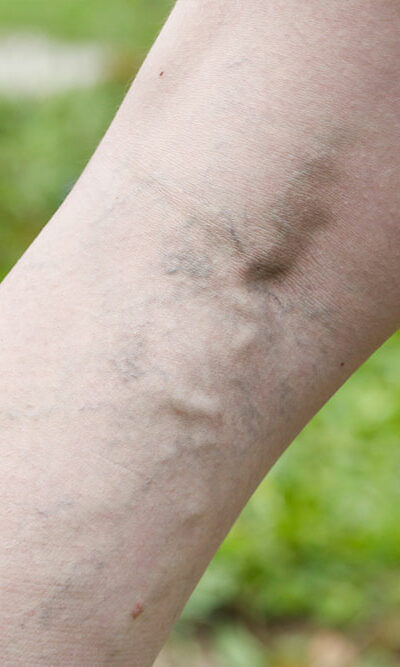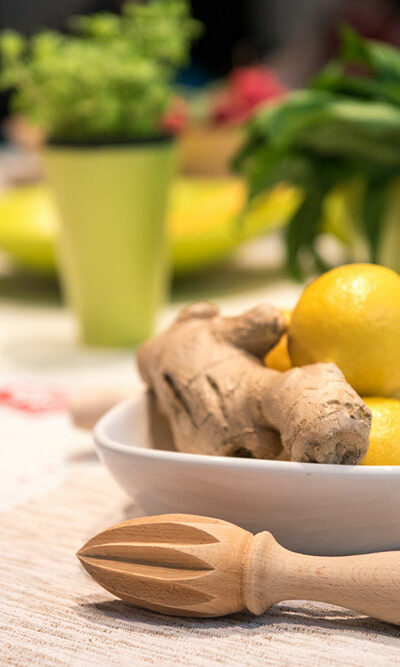
10 Home Remedies for Treating Hemorrhoids
Hemorrhoids, or more commonly known as piles, are clusters of veins which lie just beneath the mucous membranes which line the lowest part of the rectum and the anus. This condition involves swelling and distension of those veins. Internal and external hemorrhoids are the two types of this condition. Internal ones occur in the lower rectum whereas the external ones develop under the skin around the anus. It is widely considered that external hemorrhoids are the ones which are the most painful and uncomfortable since the overlying skin erodes due to irritation. Moreover, if there is a blood clot on the inside of external hemorrhoid, then the pain can get much more severe. How can one recognize external hemorrhoids? Itchy or burning sensation around the anus A painful lump or swollen area near the anus Difficulty in sitting down Painful bowel movements Fecal incontinence There are different types of both homemade and surgical remedies available for curing external hemorrhoids. Some of the common ones have been explained in brief as follows: Witch hazel : Witch hazel is an astringent which causes tissues to shrink and reduce bruising. Along with this, it also has anti-inflammatory and antioxidant properties. To use it, one has to add a small amount of witch hazel to a cotton ball and then dab it on the affected area to get relief from the symptoms. However, if there are signs of irritation, then one should go for a more indirect method. It is advised to not add alcohol to witch hazel in an attempt to dilute it as it can cause further irritation. Coconut oil : Coconut oil is a natural moisturizer and can help with hemorrhoid symptoms like reducing irritation and swelling. Moreover, it can also reduce provide relief from the itchiness experienced. Aloe vera :
